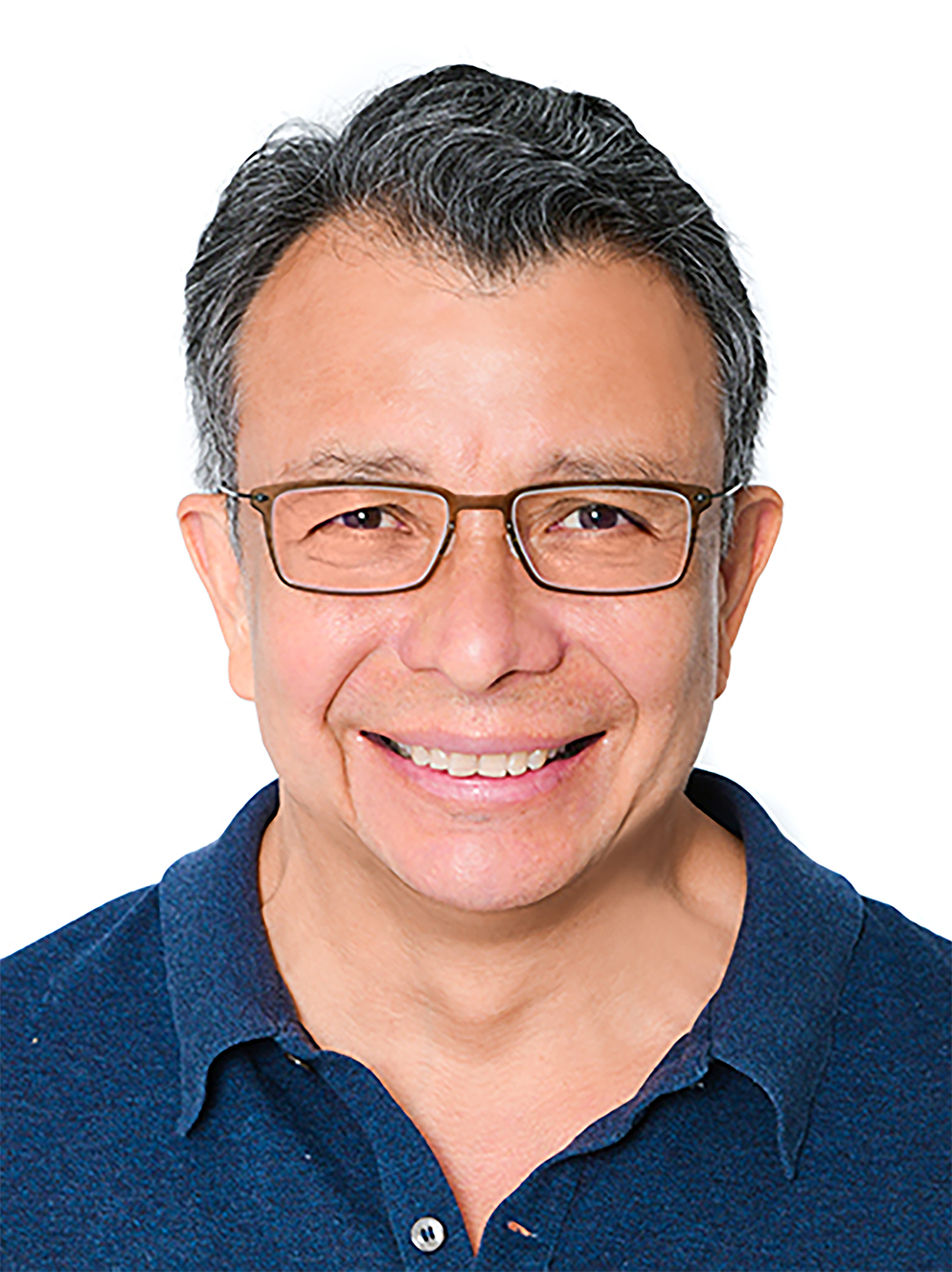Prof. Dr. Alfredo Franco-Obregón

Biolonic Currents Electromagnetic Pulsing Systems Laboratory, BICEPS Lab, National University of Singapore;
Department of Surgery, Yong Loo Lin School of Medicine, National University of Singapore;
Institute for Health Innovation & Technology, National University of Singapore;
Department of Physiology, Yong Loo Lin School of Medicine, National University of Singapore;
Healthy Longevity Translational Research Programme, Yong Loo Lin School of Medicine, National University of Singapore;
NUS Centre for Cancer Research, Yong Loo Lin School of Medicine, National University of Singapore;
Nanomedicine Translational Research Programme, Centre for NanoMedicine, Yong Loo Lin School of Medicine, National University of Singapore
BICEPS Lab
National University of Singapore: Alfredo Franco-Obregón
Institute for Health Innovation & Technology
Centre for Cancer Research
Nanomedicine Translational Research Programme
Donate to Pulsing Magnetic Field Therapy Research
Contact
BICEPS (BioIonic Currents Electromagnetic Pulsing Systems) Laboratory
The BICEPS laboratory focuses on designing, developing and implementing technologies and clinical approaches to promote muscle health and metabolic status in states of inherent mechanical dysfunction such as occurs in old age, or in response to imposed immobilization resulting from injury or disease. As a result of muscle’s essential role in helping establish systemic homeostasis, these technologies will also hold promise in enhancing whole-body metabolic efficiency and inflammatory status, with implications in disease and ageing.
The focus of the BICEPS laboratory is to understand how tissue development is stimulated by biophysical stimuli. Most tissues modulate their developmental programs to match the mechanical stresses they encounter in everyday life. These include gravitational forces, tensile strains, compressive forces, shear stresses, or dynamic mechanical stimulation resulting from muscular activity (movement/exercise). Notable examples of mechanosensitive tissues include all classes of muscle (skeletal, cardiac and smooth), bone, cartilage, tendons, ligaments and blood vessels. Indeed, tissues exhibiting mechanically-regulated development are rather the rule rather than exception and give rise to over 80% of our entire body mass.
Evidence now indicates that mechanical input is less effective at stimulating bone and muscle regeneration in the elderly, increasing the risks of sarcopenia and osteopenia, respectively. This age-dependent biophysical mismatch undermines the essential homeostatic role that muscle plays in general human health and wellbeing as well as brings into focus an imminent global economic crisis as the mean age of the human race rapidly rises. Thus, an imminent and urgent socioeconomic crisis as well as a largely unmet clinical need is the existence of technologies that are capable of sustaining muscle development in the ill, frail and elderly who are unable to undertake effective exercise regimens on their own.
The imperative homeostatic role of muscle is based on mitochondrial activation, most commonly recruited via exercise; mitochondrial activation then activates the secretome response of muscle (myokine production and release) with broad systemic benefits. To this end, the BICEPS lab has currently started exploiting magnetic fields to activate mitochondrial respiration and downstream developmental and survival adaptations via a novel process known as Magnetic Mitohormesis. Our magnetic field paradigm will have important clinical implications for conditions characterized by mechanical dysfunction such as in old age, post-trauma or certain diseased states. Our magnetic platform uses very low frequency and field strength Pulsed Electromagnetic Fields (PEMFs) to initiate mitochondrial activation, secretome responses and tissue development.
We now have convincing evidence that PEMFs vicariously, yet specifically, activate TRPC1 channels in all tissues examined. TRPC1 is one component of the transduction apparatus responsible for translating mechanical and magnetic stimuli into a calcium signals that then regulates key mitochondrial enzymatic and genetic cascades involved in muscle development. We have recently demonstrated that calcium influx via TRPC1 activates mitochondrial respiration that is responsible for instigating progenitor cell expansion during the initial stages of the regenerative response, agreeing with previous reports that cyclic mechanical stimuli promote stem cell expansion. Understanding how the cell converts biophysical signals into a calcium-regulated developmental response will thus lead to more effective therapeutic strategies aimed at reversing trauma- and age-related muscle and bone degeneration. A major focus of my group is the development of methods to appropriately modulate TRPC1 activity for optimal mechanosensitive/magnetosensitive tissue regeneration.
TRPC1-Mitochondrial Mitohormetic Myokine Axis
Current evidence now indicates that TRPC1 expression is necessary and sufficient to confer magnetic sensitivity and restore mitochondrial respiration and developmental responses in muscle cells genetically engineered deficient in said responses by CRISPR/Cas9 TRPC1 gene editing.
Technical Expertise:
• Mechanobiology
• Electromagnetics
• Electrophysiology
• Flow Cytometry
• Genetic and Regenerative Engineering
The IP for our Magnetic Mitohormetic platform is shared by the ETH Zürich and the National University of Singapore (NUS). We are currently undertaking human clinical trials in Singapore (NUS/NUH) in the areas of Diabetes and Frailty management and are looking for clinical partners in Switzerland to initiate multicentre human trials of similar design.
We would also be interested in establishing an international student exchange programme between the ETH/UZH and the BICEPS laboratory of the NUS. Please feel free to contact us, if interested.
ORCID ID: https://orcid.org/0000-0002-2514-1083